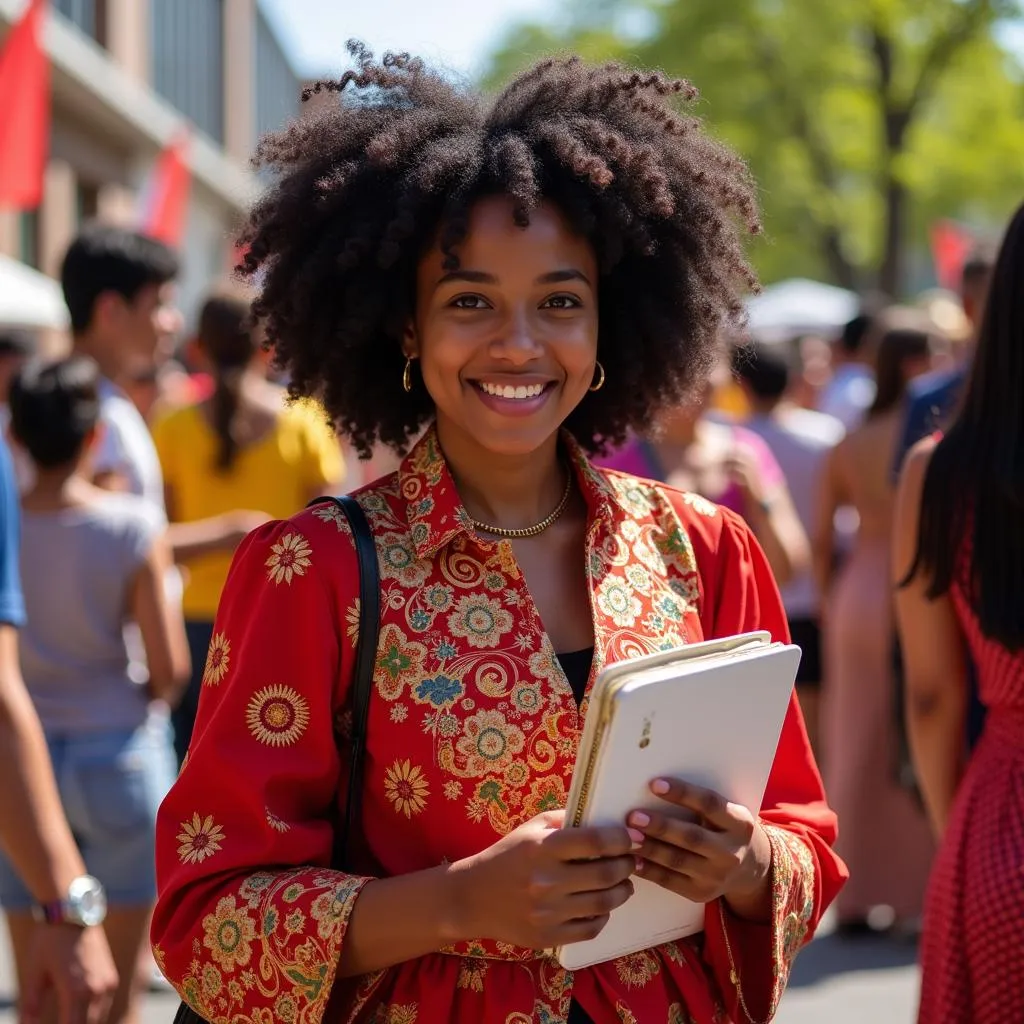Understanding the Experiences of African American Chinese Children
African American Chinese children, also known as Blasian children, represent a unique and increasingly visible multiracial group in the United States. Their heritage intertwines the rich cultural legacies of Africa and China, creating a distinctive blend of traditions, values, and experiences. Understanding the complexities of their identity formation requires acknowledging both the historical context of race relations in America and the cultural nuances of navigating between two distinct heritages.
Navigating racial identity is a multifaceted process for all individuals, but it presents unique challenges for multiracial children. African American Chinese children often find themselves straddling two worlds, facing the task of reconciling their African American and Chinese identities within a society that often struggles with multiraciality.
The Intersection of Race and Identity
The experiences of African American Chinese children are deeply intertwined with the historical and social dynamics of race in America. From the legacy of slavery and Jim Crow laws to the ongoing struggle for racial equality, African Americans have faced systemic discrimination and prejudice. Simultaneously, Chinese Americans have their own narrative of immigration, discrimination, and assimilation, marked by the Chinese Exclusion Act of 1882 and the challenges of cultural preservation.
 Smiling African American Chinese child holding hands with their parents
Smiling African American Chinese child holding hands with their parents
African American Chinese children inherit these complex histories, navigating a social landscape where race continues to shape perceptions, opportunities, and interactions. They may encounter pressure to conform to pre-existing racial categories, facing questions about their “true” identity or experiencing a sense of not fully belonging to either group.
Embracing Cultural Duality
Despite the challenges, many African American Chinese individuals embrace their dual heritage as a source of strength and pride. They celebrate the cultural richness inherited from both sides of their families, incorporating elements of African American and Chinese traditions into their lives. This can manifest in diverse ways, from culinary preferences and language skills to spiritual beliefs and family values.
 Thoughtful African American Chinese teenager researching their family history
Thoughtful African American Chinese teenager researching their family history
Food, for example, can be a powerful bridge between cultures. An African American Chinese family might enjoy a meal that blends the bold flavors of soul food with the subtle aromas of Chinese cuisine, creating a culinary fusion that reflects their unique heritage. Language, too, can play a significant role in cultural transmission. Some African American Chinese individuals may grow up speaking both English and Chinese dialects, inheriting a linguistic dexterity that expands their worldview.
Navigating Social Perceptions
The experiences of African American Chinese children are also shaped by societal perceptions and expectations. In a world where racial categories are often viewed in binary terms, multiracial individuals can face challenges to their visibility and acceptance. They may encounter stereotypes associated with both African American and Chinese communities, leading to misunderstandings or prejudice.
 Proud African American Chinese young adult attending a cultural celebration
Proud African American Chinese young adult attending a cultural celebration
It’s essential to recognize that multiracial individuals are not monolithic. Their experiences are diverse and influenced by factors such as family background, geographic location, socioeconomic status, and personal experiences with race and identity. While some may feel caught between two cultures, others may navigate their multiraciality with a sense of fluidity and wholeness.
Conclusion
The experiences of African American Chinese children offer a glimpse into the evolving landscape of race and identity in America. Their stories highlight the complexities of navigating multiple cultural influences, challenging societal norms, and forging a unique path in a world that is still learning to embrace the richness of multiracial identities. By fostering understanding, respect, and appreciation for the diverse experiences of African American Chinese individuals, we can create a more inclusive and equitable society for all.
